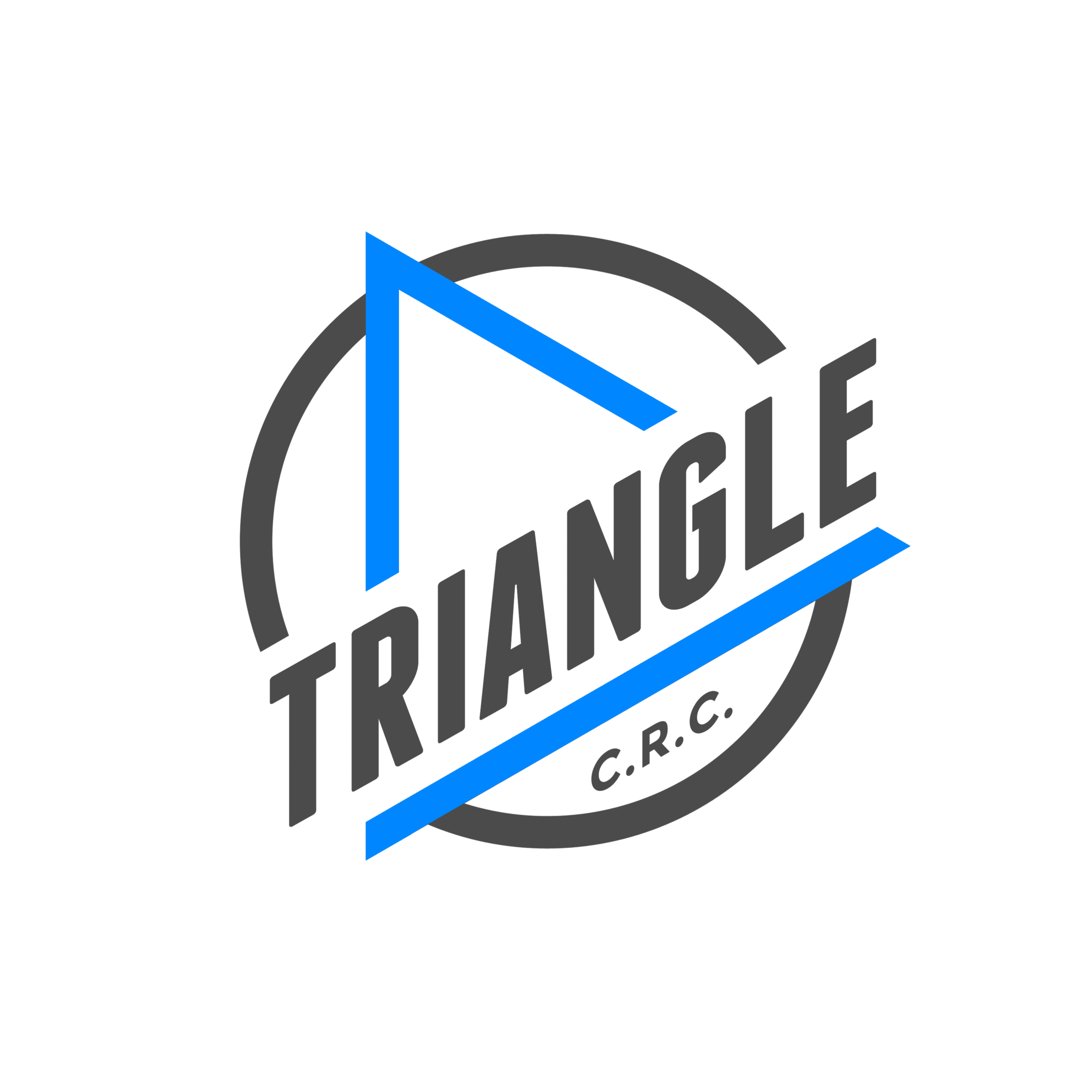Shoulder Pain
Shoulder pain at Triangle Chiropractic and Rehab is nearly as prevalent as low back pain. Patients ranging from desk jockeys to collegiate swimmers struggle with shoulder pain on a daily basis. Many are concerned with that scary sounding SLAP tear or a rotator cuff injury, but oftentimes their pain is alleviated once they are able to use their upper extremity appropriately.The glenohumeral (GH) joint (your shoulder) is a ball and socket joint. This type of joint allows for incredible ranges of motion, which means it requires stability from the surrounding tissues. Joints that move too much or too little are problematic. If the shoulder joint does not have proper stabilization from the tissues surrounding it, several things may happen:1. Shoulder painShoulder pain is a good warning sign that something is wrong. That doesn't mean that you should run to the nearest MRI and slide in to find out what's been torn; it just means that your body is telling you, "Hey, things aren't working quite as well as they should be; let's investigate." A thorough exam of shoulder mobility and stability as well as orthopedic tests to determine tissues involved and rule out pathology needs to be performed by a skilled practitioner. On almost every single patient that has shoulder pain, I find that there is some amount of instability as well as faulty biomechanics. In other words, the shoulder doesn't move right and isn't stabilized properly. 2. Shoulder stiffness or decreased range of motionShoulder stiffness or decreased range of motion tends to come after pain, but sometimes is the first symptom to appear with shoulder dysfunction. If the surrounding tissues (mainly the serratus anterior muscle) do not do an adequate job of anchoring the scapula (shoulder blade) to the back, the whole shoulder becomes even more unstable. The GH joint will try to stabilize itself with substitute muscles. This leads to faulty movement patterns and eventually will decrease the range of motion that the shoulder can move through because the body senses this instability and attempts to prevent hypermobility (too much movement). In the long term, we find things like osteophytes (bone spurs) in the GH joint because the body has attempted to lay down bone in an effort to stop the hypermobility. 3. Tissue injuryIf stabilization is not properly established, the substitute stabilizers become inflamed or injured. In these instances, we can see non-traumatic partial thickness tears of the rotator cuff musculature or other injuries such as biceps tendonosis. Once injured, these tissues take longer to heal and sometimes require more intervention than manual therapy can provide, such as surgery.If your shoulders are hurting already, don't move through the pain (or worse yet, sideline yourself due to pain). Get checked out and determine what's causing your shoulder pain. More than likely, improving your shoulder biomechanics can keep you healthy and involved in the activities you love. A few trips to the chiropractor sure beats having surgery being stuck in a sling all summer!In the meantime, check out these two videos for shoulder mobility and stability!Dr. Lindsay Mumma – lindsaymumma@gmail.com – is a chiropractor at Triangle Chiropractic and Rehabilitation Center in Raleigh, NC. Her clinic focuses on offering multiple manual therapy options for pain management and functional improvement. Take control of your pain today and improve the way you move. Call 919-792-8682 for an appointment.
